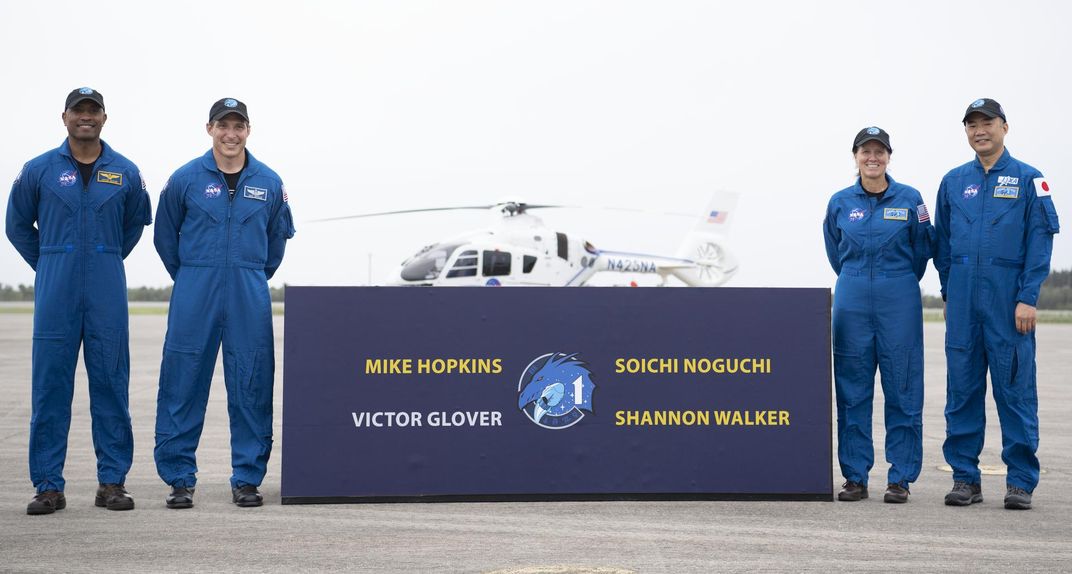

These days, we're flying four Americans a year, tops. In the heyday of the shuttle program, we were flying 40 or 50 people into space a year. You will spend 90 percent of your time on earth. I made it to the final stage of the interview process five times over a period of 14 years before I was finally selected as an astronaut in 2004.ģ. So if you're passed over once, it could be years before you get another chance. Plus, NASA only hires every couple of years, because it takes an actual act of Congress to hire astronauts. Even if you're exactly what they're looking for at that exact moment, you still have pass through two rounds of interviews and undergo extensive medical testing to make sure you're healthy enough to do the job. You might be extremely qualified and still looked over, depending on what NASA needs during that cycle - maybe we're short on medical doctors or test pilots, so we're looking for someone with that background rather than, say, an engineer. You need to be extremely good at what you do, but there's also a lot of luck involved. We're actually going through the selection process now: We've had 18,000 people apply and we'll probably select around eight new astronauts. Getting hired by NASA is like getting through the world's strictest HR screen. Astronaut selection is even more competitive than you think. Seventeen years and a PhD later, I was selected as an astronaut candidate.Ģ. My degrees are in physics and space physics, and I did well enough in university that I actually started working at the Johnson Space Center in Houston, Texas, as a robotics flight controller right after college. The one thing everyone has in common is we've all exceled in our chosen field. All astronauts have degrees in science, engineering, or medicine, but other than that, there's no one path to NASA. There's no one path to becoming an astronaut. Visit individual university websites for more information.1. science (majoring in physics, chemistry, biology, geology, earth science, oceanography)Īlmost all universities in Australia offer degrees in these fields.engineering (aerospace, mechanical, electrical, robotics, mechatronics, biomedical or systems).The eligibility criteria for becoming an astronaut varies between space agencies and commercial employers.ĭegrees in the following study areas may also be relevant to becoming an astronaut:

Even the longest-serving astronauts spend the majority of their time on the ground. A great deal of their work involves talking to the public about life in space. They may also provide technical support to other missions and act as ambassadors for space exploration. Scientists study them to learn more about how being in space affects the human body.īetween missions, astronauts in active duty spend much of their time keeping their training up to date. Astronauts are also research subjects themselves. Their responsibilities in space include spacecraft maintenance and repair, and undertaking scientific research.
Nasa careers astronaut qualifications how to#
They also learn how to perform the technical tasks necessary for their missions. This includes physical training underwater and in microgravity to prepare them for life in space. Successful astronaut candidates spend several years in training before joining a mission. However, the growing commercial space flight industry is creating new opportunities for crew members on spacecraft. Applicants must also be a citizen of a relevant country in order to be eligible.

Out of thousands of applications, only a handful are selected. Applications only open every few years, and they are highly competitive. Space agencies such as NASA (USA), JAXA (Japan), ESA (Europe), CSA (Canada) and Roscosmos (Russia) have astronaut programs. As such, astronaut roles are only available overseas.


 0 kommentar(er)
0 kommentar(er)
